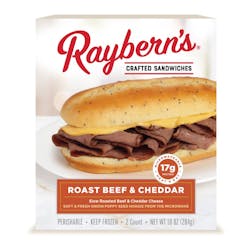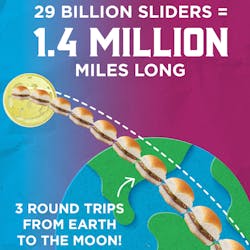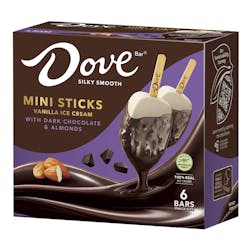MarketResearch.com has announced the addition of the new report "Food Bars in the U.S.: Trends in Cereal/Granola Bars and Energy/Nutrition Bars" to their collection of Foods market reports.
Food bars have been generating sound and fury in the marketplace recently, posting double-digit growth rates for successful product types in the mass market as well as the natural products channel. Reasons for this boom include increased sophistication in marketing bars to different consumer sets and continued innovation in formulations and formats.
The composition of the food bar market will continue to shift as energy/nutrition bars continue to post double-digit growth and increase their relative share, as will granola bars within the cereal/granola bar category. The combined market for cereal /granola bars and energy/nutrition bars is projected to approach $8.3 billion in 2016, for a compound annual growth rate (CAGR) of 7.5 percent over the five-year 2012 to 2016 period.
According to David Sprinkle, publisher of Packaged Facts, "Food trends such as the blurring of meals and snacks, an emphasis on portion control, and increasingly informal, spur-of-the-moment, and customized eating all favor the food bar market."
A main trend in the market overall is the blurring of distinctions between cereal/granola bars and energy/nutrition bars. Broadly speaking, cereal/granola bars are focusing more on nutrition and incorporating functional ingredients (such as added protein or fiber), while energy/nutrition bars are incorporating ever more creative and decadent formulations to make them more appetizing.
Cereal bar manufacturers are targeting consumers who wish to move away from treats and are looking for a workout energy boost, a nutritious snack or even a fast meal replacement option. Over the past few years, cereal bars with reduced calories, fat or sugar have performed quite well, although the number of product introductions with these claims has fallen sharply in the last five years. Manufacturers are addressing more sophisticated concerns, such as creating products to supplement perceived nutritional deficits that might be incurred in a weight-loss program. High-protein, low-carbohydrate or balanced-gastrointestinal formulations have seen good growth.
For more information, visit http://www.marketresearch.com/Packaged-Facts-v768/Food-Bars-Cereal-Granola-Bar-6576315




